Increased life expectancy, longevity medicine, potential limits on childbirths, what could it all mean?


Increased life expectancy, longevity medicine, potential limits on childbirths, what could it all mean?

An advocate for older immigrants on why she helps those who tend to stay in the shadows.
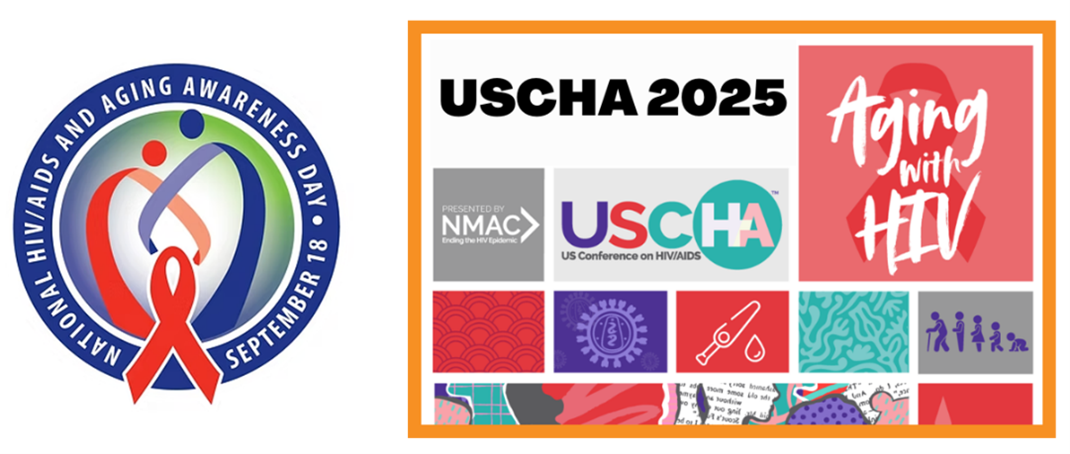
‘When aging services, health systems and community-based organizations collaborate, older adults with HIV can thrive.’

Offering a holistic and proactive approach to aging that grows the longevity dividend, unlocking untapped human potential and economic productivity.
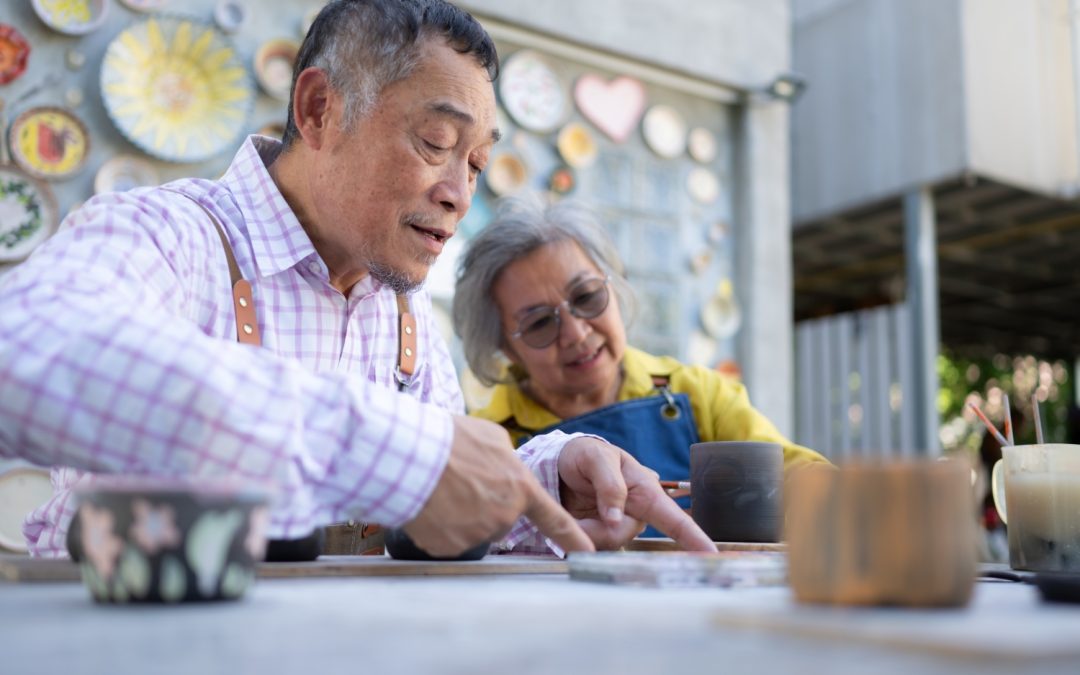
AI researchers need deep thinking to truly address social isolation.

The science behind brain health is clear, and the steps are actionable, inexpensive and personally empowering.

The Trump Administration’s MAHA Strategy provides an opportunity to address older adults within each of the MAHA pillars.

The funder is unwavering in its commitment to foster leaders of color in aging.

Pushback from Congress claims that profits will come at the expense of Original Medicare patients’ access to care.
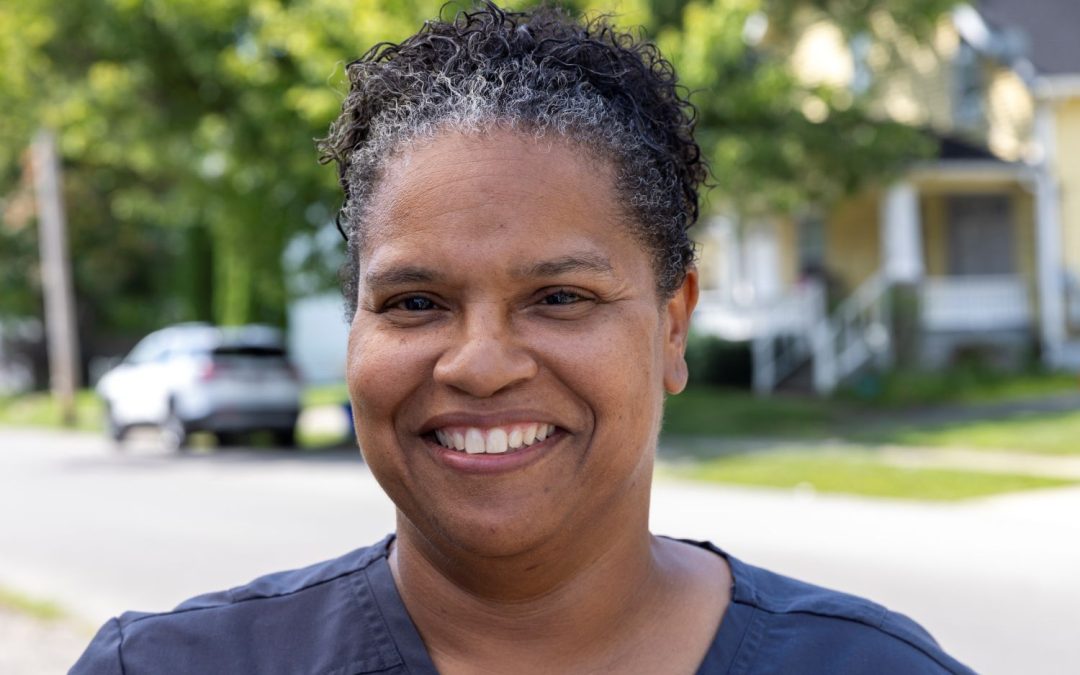
Generational wealth transfer can help ensure a more secure future for heirs.
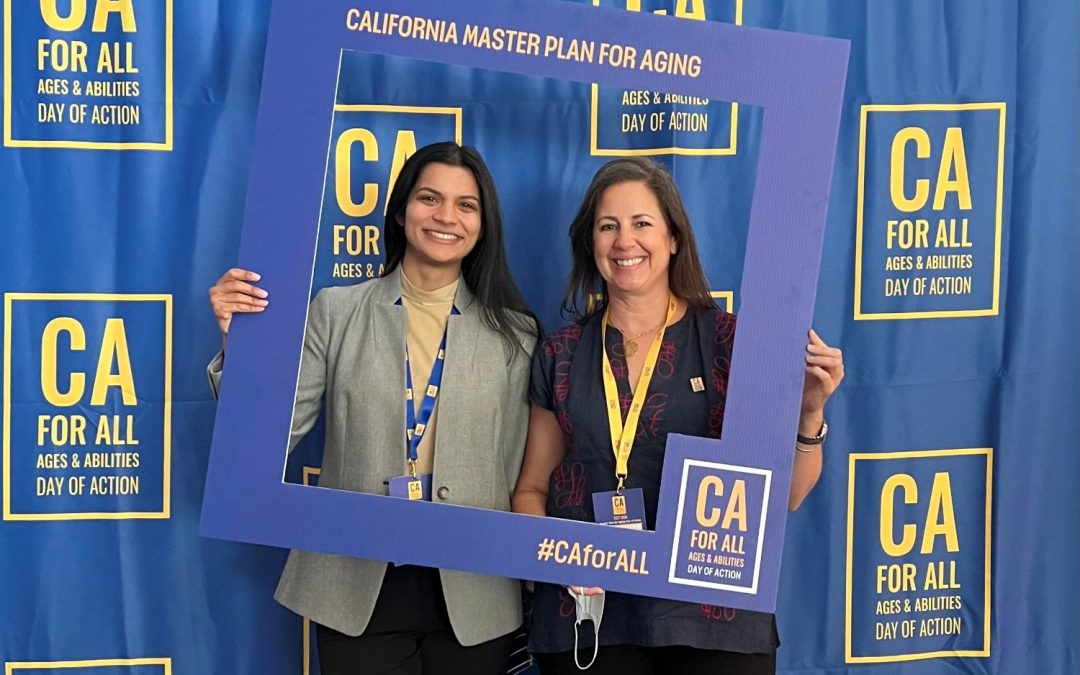
At UCSF’s Social Connections and Aging Lab, work is afoot to enhance awareness of social isolation and loneliness and cooperate with community groups to foster connection.
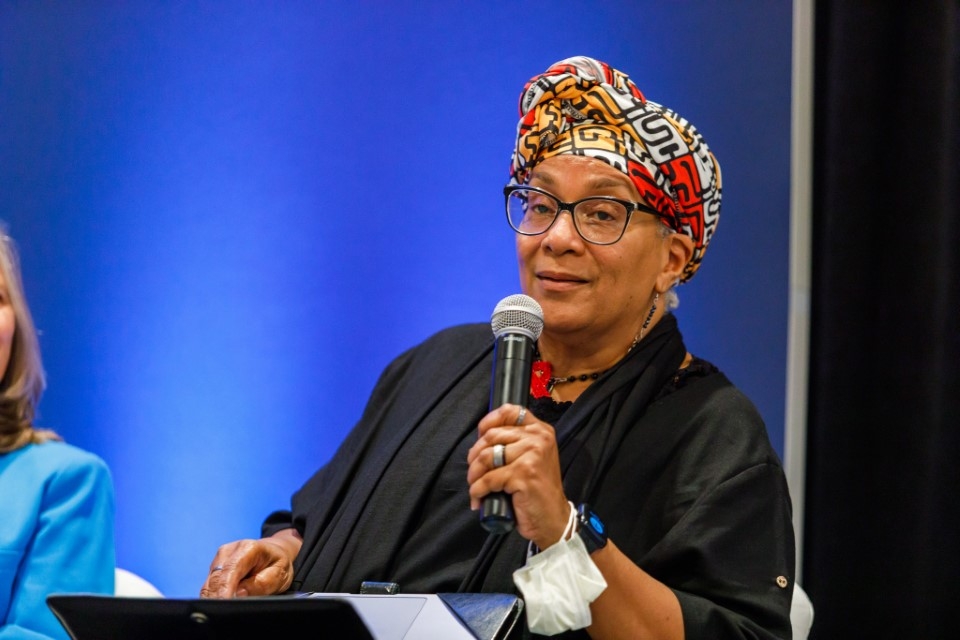
A call for urgency, research and advocacy.
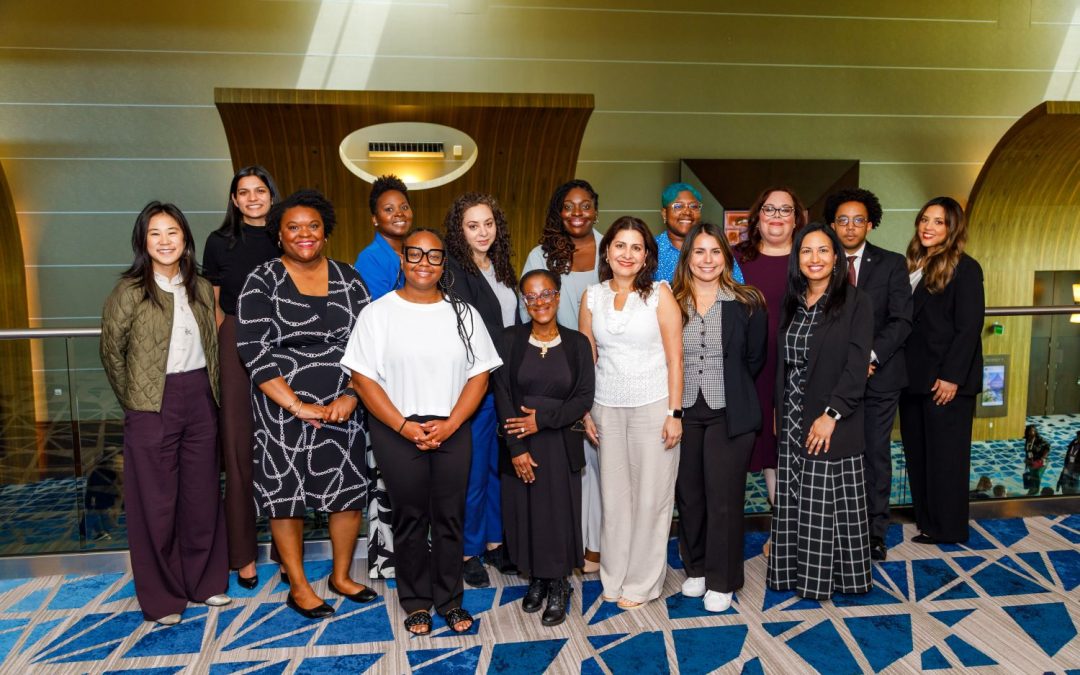
The importance of research, advocacy and centering community voices in the quest for equitable aging in place.

“Whether you think you can or think you can’t—you’re right,” said Henry Ford.
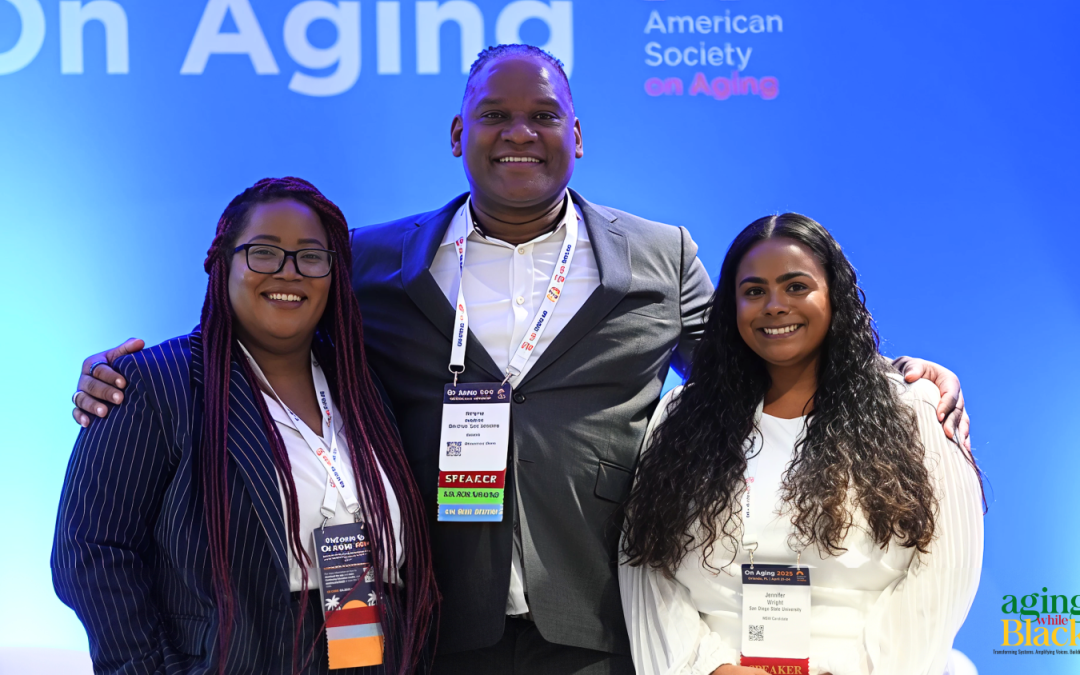
On the calculable benefits of great mentorship.
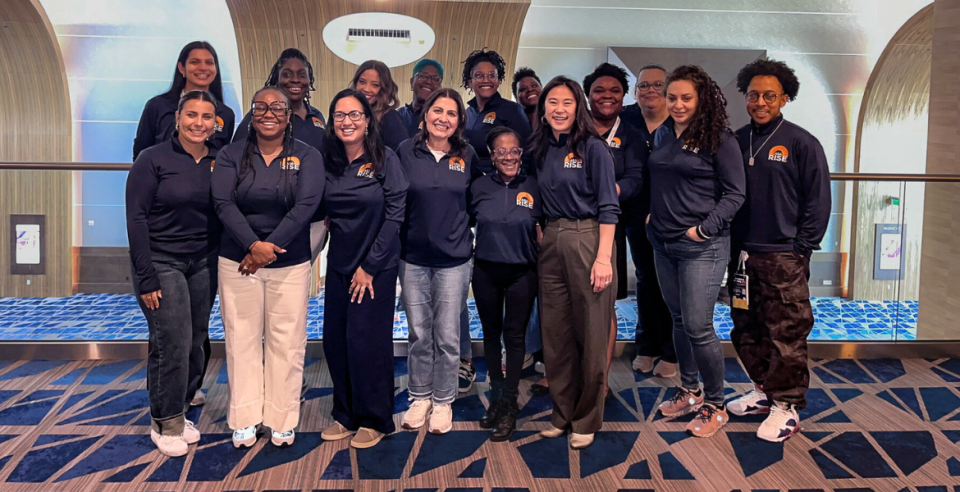
The RISE program doesn’t only prepare leaders of color for the aging sector, the reverse can be even more critical to their success.

Laying out the facts about this complex process as they are now known, and potential treatments.
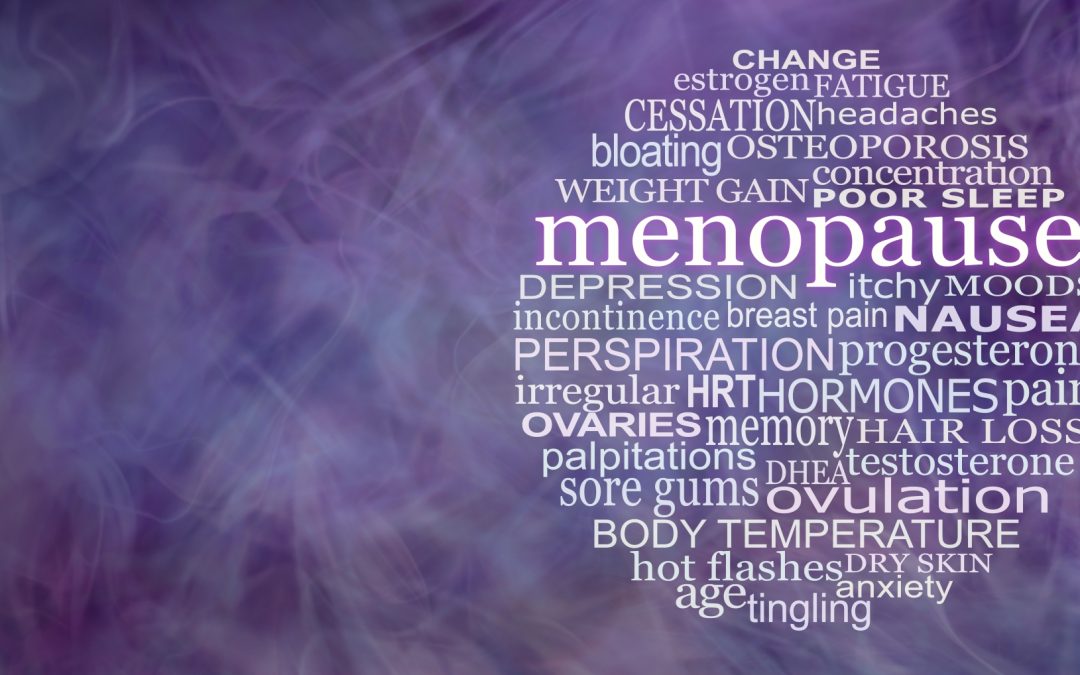
On busting the stigmatized relationship our culture has with menopause, and why it matters.
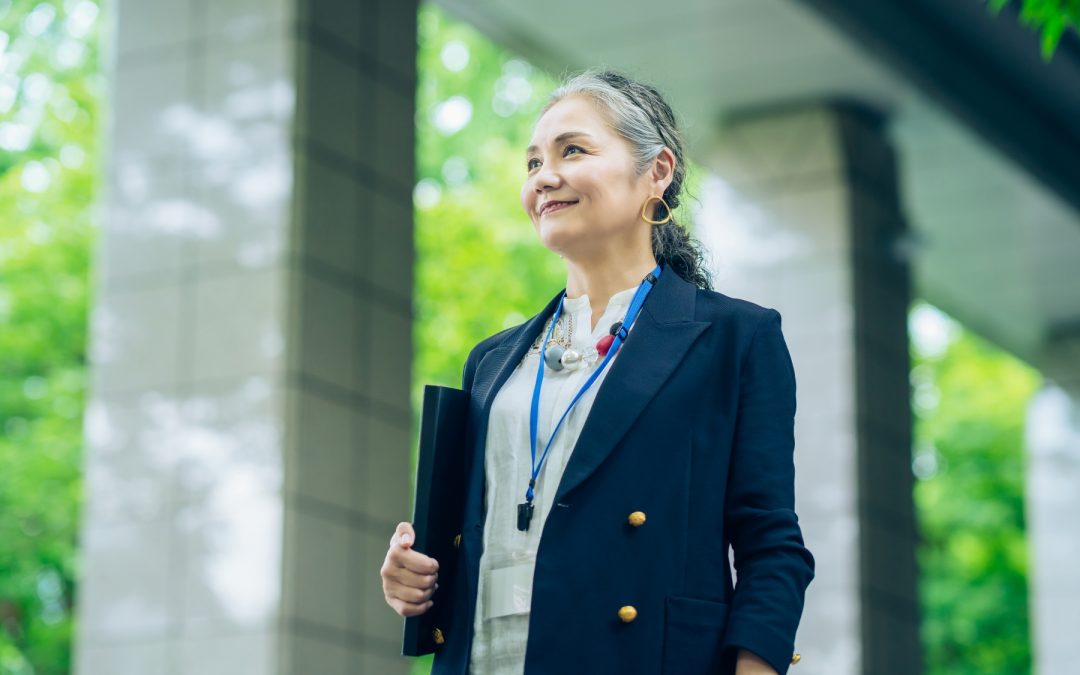
Destigmatizing ‘the change’ or amplifying anxiety?
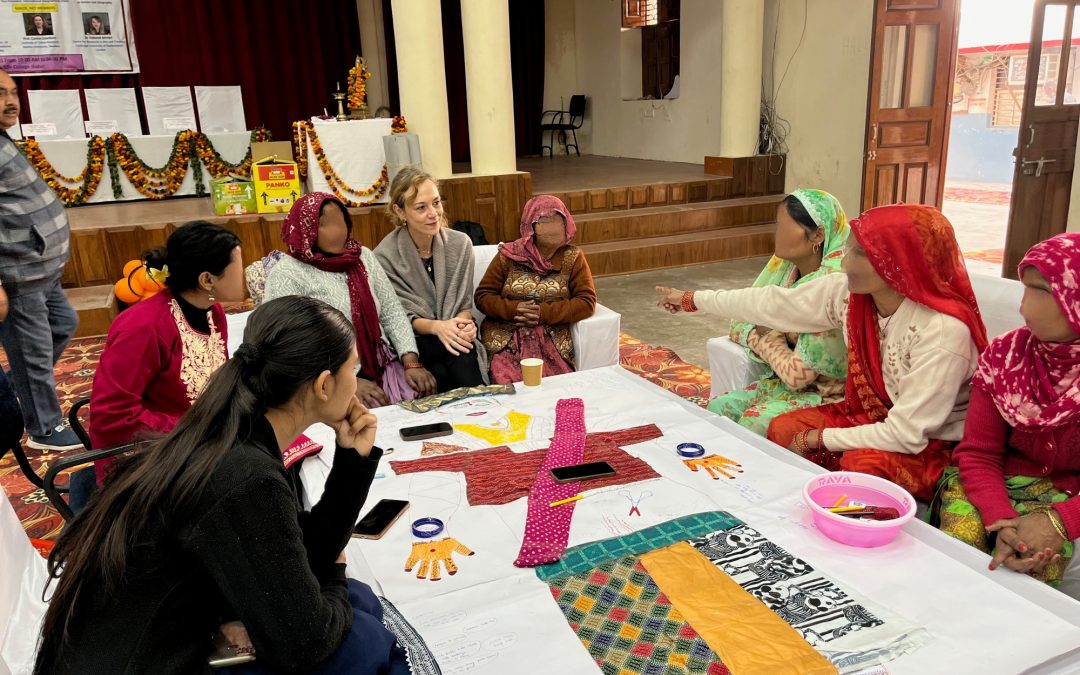
Using comic strips and body mapping from workers and migrants on menopause knowledge to enhance awareness.